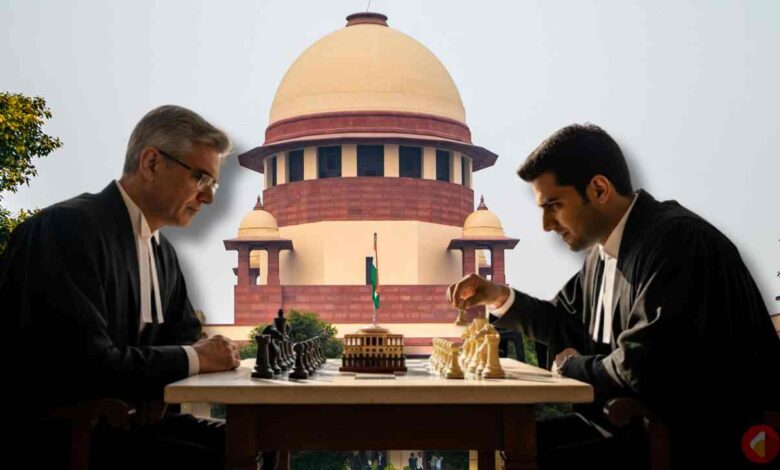Big Twist in DA Case! Chennai Workers’ DA is Related to the Centre, Not Tamil Nadu?

DA Case: Today, the DA (Dearness Allowance) case is scheduled for a hearing in the Supreme Court. In this context, Malay Mukhopadhyay, the General Secretary of the Confederation of State Government Employees, has refuted the state government’s previous arguments through a video message and presented some crucial information. His explanation is expected to boost the morale of state government employees.
What is the State Government’s Argument?
According to Malay Mukhopadhyay, the state government might argue in the Supreme Court that since state government employees working in Tamil Nadu receive DA at the state rate, the same should apply in West Bengal. In response to this potential argument, Mr. Mukhopadhyay has provided detailed information, which could be a game-changer in this case.
Refuting the State’s Argument: Historical Context of DA
Malay Mukhopadhyay pointed out that since 2016, state government employees working in Delhi and Chennai have been receiving DA at the central government rates, just like central government employees. He explained:
- 2016: After the implementation of the 7th Pay Commission, DA started at 2%.
- Consumer Price Index (CPI): Over time, the DA increased based on the CPI.
- Rate of DA Increase:
- Initially, it increased by 7%, taking the DA to 132%.
- It then rose to 136%.
- Later, it increased further to 139%.
- By 2018, the DA reached 142%.
All these increments were applicable not only to central government employees but also to West Bengal state government employees working in Delhi and Chennai.
Get Instant News Updates!
Join on TelegramThe Historic Order and Its Impact
Referring to an order dated November 10, 1994, Malay Mukhopadhyay stated that this decision was made during the Left Front government’s tenure. The order stipulated that state government employees posted in New Delhi would receive DA, HRA, and City Compensation Allowance at the rates sanctioned by the Government of India. This benefit was later extended to employees posted in Chennai (formerly Madras).
This means that since that time, state government employees working in Tamil Nadu have been receiving DA based on the All India Consumer Price Index, following central government rules. Currently, the Tamil Nadu government also provides a 55% DA, which is determined based on the CPI.
Conclusion
According to Malay Mukhopadhyay, the state government has no valid reason to withhold the DA. In his words, “The government must pay the DA.” The Confederation possesses all the necessary documents to prove that the Tamil Nadu government also pays DA according to the CPI. Therefore, the state government’s argument is unlikely to stand in court. Since state government employees in Delhi and Chennai receive DA at central rates, the West Bengal government will have to follow the same path.
All this information is expected to strengthen the state government employees’ fight for their DA and help them achieve their rightful claim.

